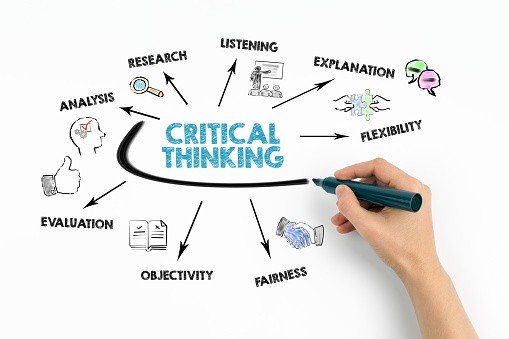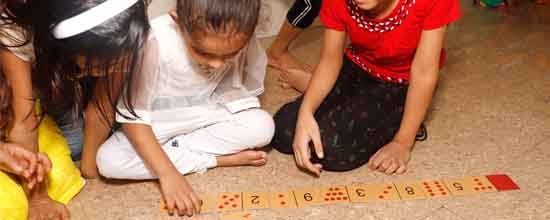Currently Empty: ₹0.00
Vikalp Methodology
7 Ways Activity Based Learning Builds Critical Thinkers for the Future
- August 14, 2025
- Chat 0


The world is changing fast, and the skills kids need to succeed are changing with it. Memorizing facts isn’t enough anymore. Kids need to know how to think for themselves, solve problems, and adapt when things don’t go as planned. That’s where activity based learning comes in.
Instead of just listening to lectures or copying from a textbook, kids learn by doing. They work on projects, experiments, and real-life problems. This hands-on approach makes lessons stick and builds skills they can use in the real world.
Why Critical Thinking Matters
Critical thinking is all about analyzing information, asking the right questions, and finding the best solution. Whether it’s in school, at work, or in daily life, these skills are essential for making smart decisions.
7 Ways Activity Based Learning Builds Critical Thinkers
1. Encourages Asking Questions
Kids aren’t just told the answers. They’re guided to ask “why” and “how” to understand concepts deeply.
2. Connects Learning to Real Life
Instead of abstract examples, lessons use real situations like planning a school event or designing a simple machine.
3. Improves Problem-Solving Skills
Hands-on activities push kids to think creatively when challenges come up. They learn there’s more than one way to solve a problem.
4. Builds Teamwork and Communication
Group projects help kids share ideas, listen to others, and explain their own thinking clearly.
5. Develops Adaptability
When an experiment fails or a plan changes, kids learn to adjust quickly and try new strategies.
6. Boosts Confidence
Completing a project successfully gives kids a sense of pride and encourages them to take on bigger challenges.
7. Promotes Lifelong Learning
By making learning engaging and interactive, kids are more likely to stay curious and keep learning outside the classroom.
Tips for Encouraging Activity Based Learning at Home
Give Kids Real Responsibilities
Let them plan a family meal, budget for groceries, or organize a small event.
Provide Hands-On Materials
Art supplies, building kits, and science experiment sets can spark creativity.
Ask Open-Ended Questions
Instead of yes or no questions, ask “What do you think will happen if…?” or “How could we solve this?”
FAQs About Activity Based Learning
What is activity based learning?
It’s a teaching method where students learn through activities like projects, experiments, and discussions.
How is it different from traditional learning?
Traditional learning often focuses on memorizing facts, while activity based learning focuses on applying knowledge in real situations.
What ages benefit most from it?
All ages can benefit, but it’s especially effective for elementary and middle school students.
Can it be done online?
Yes. Many virtual programs include interactive projects and group work.
Does it improve test scores?
It can. When students understand concepts deeply, they perform better on tests.
Is it only for science and math?
No. It works for any subject, including language arts, history, and art.
Final Thoughts
Activity based learning prepares kids for the real world by building critical thinking, problem-solving, and adaptability. It turns students into active learners who can handle challenges with confidence. In a future where knowledge alone isn’t enough, these skills will make all the difference.
